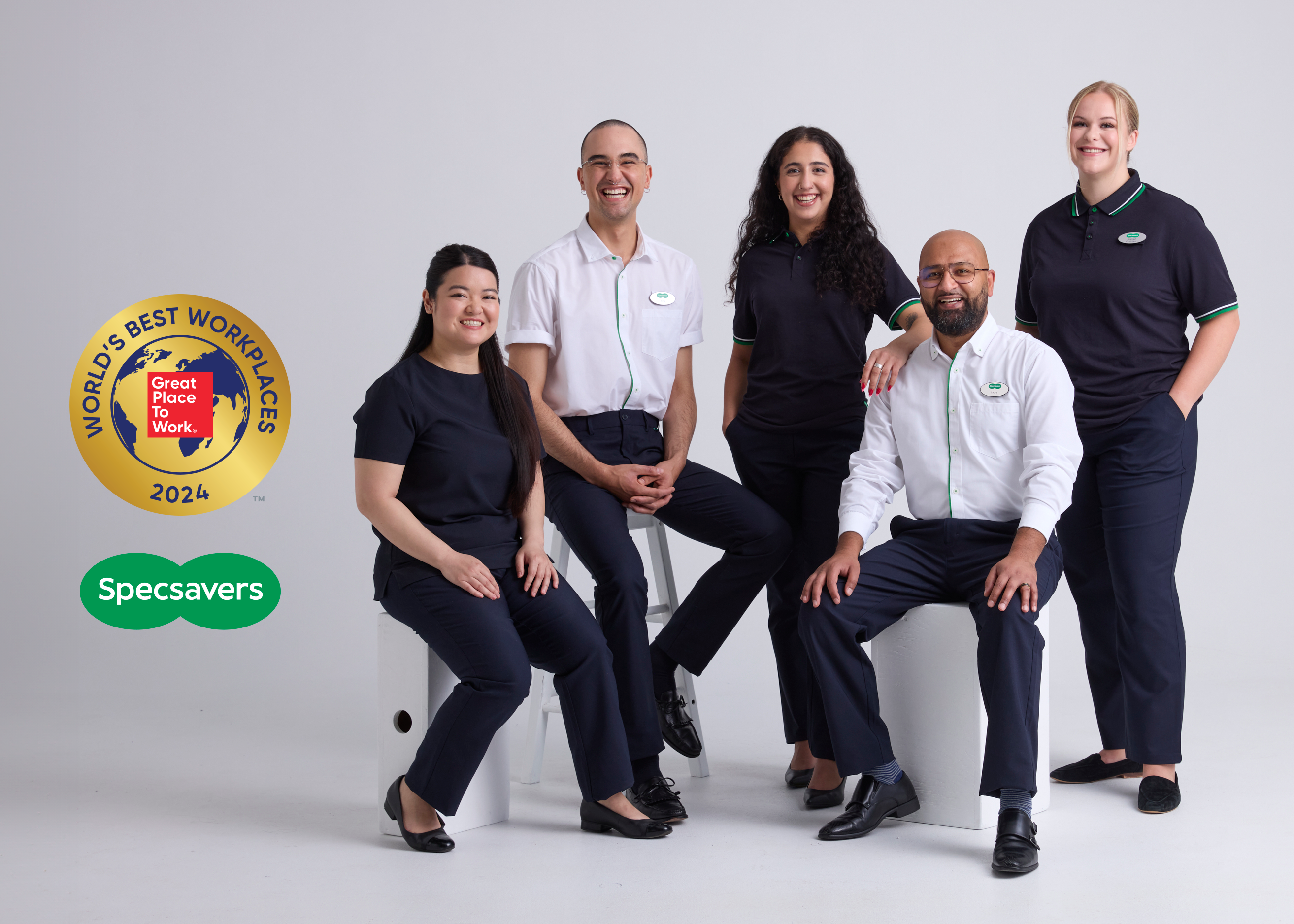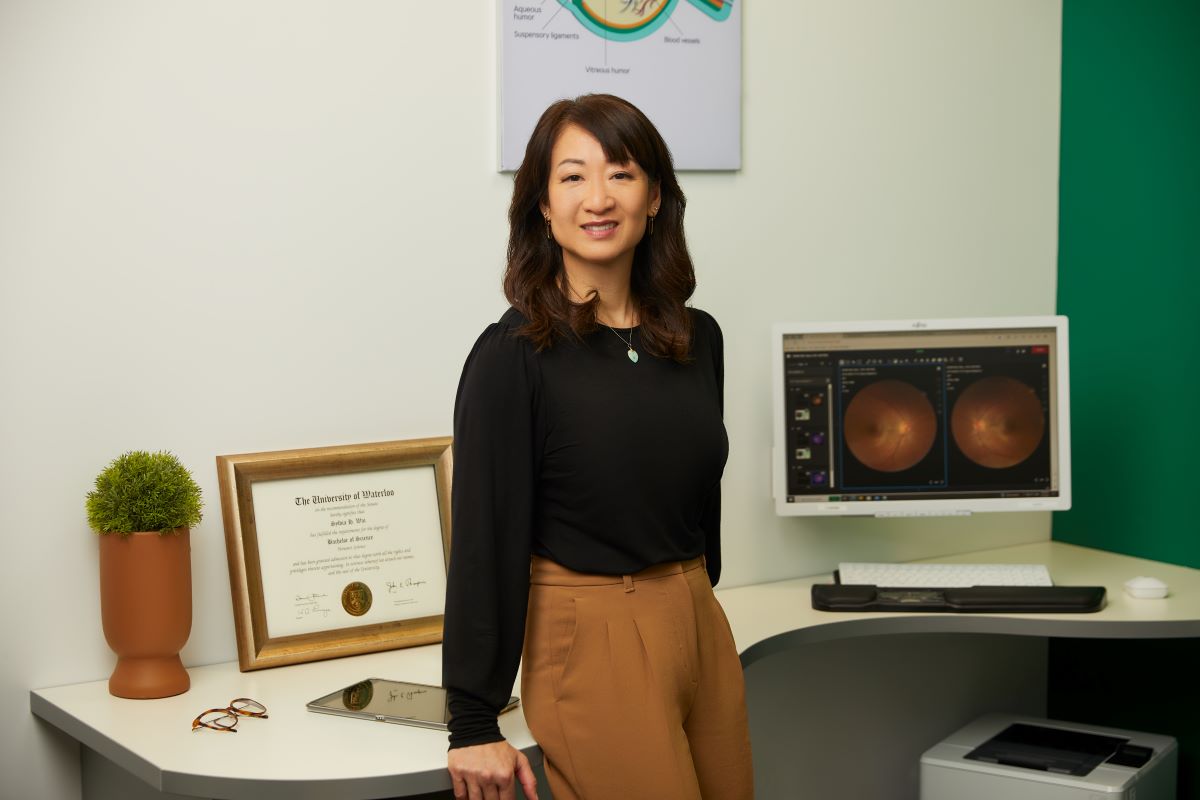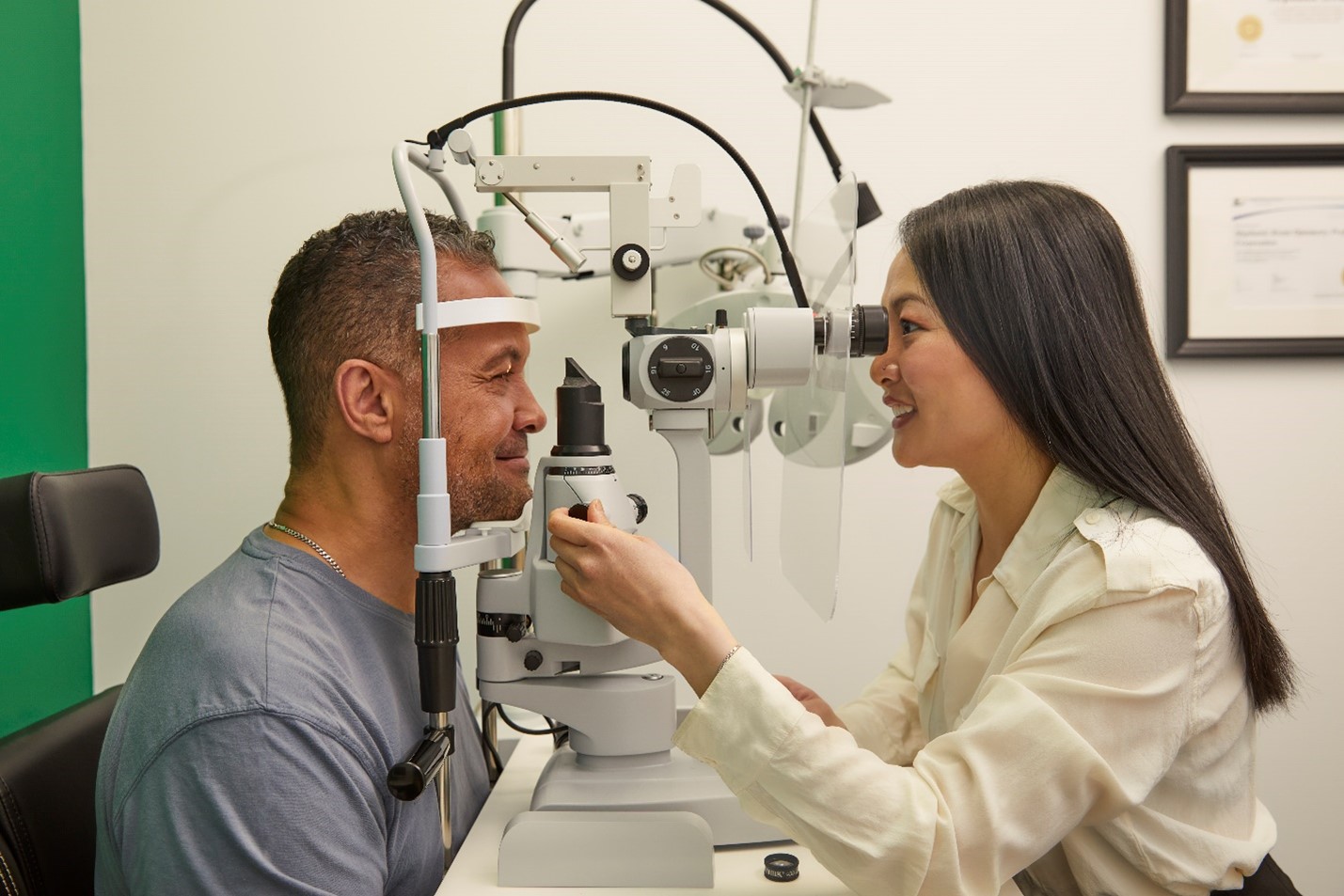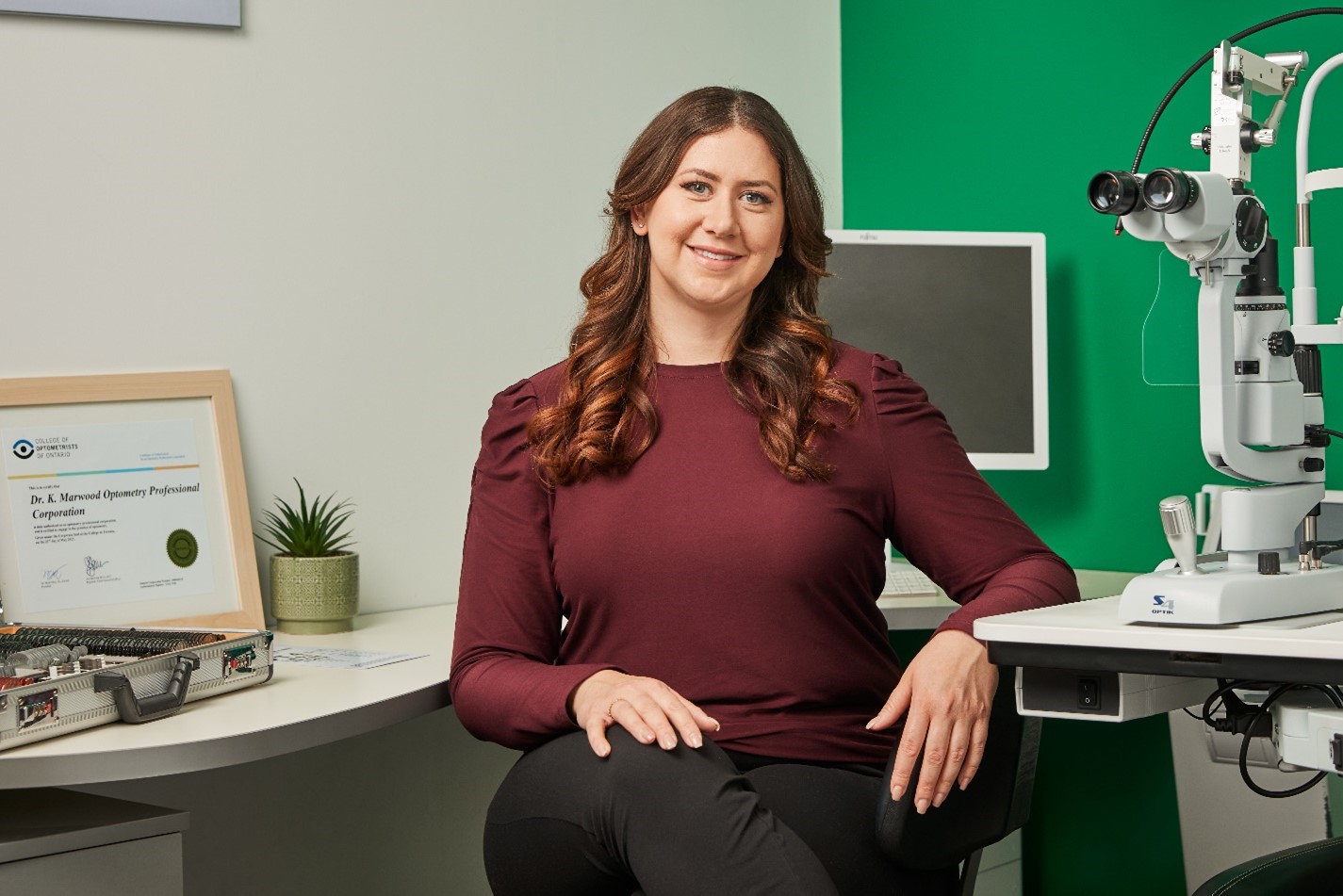
Are you part of a Canadian Optometric practice? Your insights are invaluable! We’re inviting you to participate in a brief survey designed to gather your opinions and experiences with practice management software.
As the backbone of many successful practices, practice management systems play a vital role in streamlining operations, improving patient care, and enhancing overall efficiency. But not all systems are created equal, and we want to learn what works, what doesn’t, and where there’s room for improvement.
This survey includes various usage and attitude questions about practice management software and will take about 5 minutes to complete. Whether you’re a fan of your current system or find yourself wishing for better features, this is your chance to share your perspective and help shape the future of optometric practice tools.
Why Participate?
In addition to making your voice heard, the first 100 qualified respondents will receive a $10 e-gift card as a thank-you for your time and valuable input. (Limitations apply.)
Your responses will be used to better understand the needs of optometric practices across Canada, helping us uncover trends, challenges, and opportunities in practice management software.
How to Get Involved
Participating is simple! Click the link below to access the survey and complete it on your own time. Remember, it takes less than 5 minutes to make an impact and claim your reward if you’re among the first 100 qualifying respondents.
Your Feedback Drives Innovation
By sharing your experiences, you’re contributing to a broader conversation about the tools and technologies that support optometric practices. Your insights will not only help inform others in the industry but also guide future developments in practice management solutions.
Don’t miss this opportunity to shape the future of your field and earn a small token of appreciation in return.
Thank you for your participation and dedication to improving Canadian Optometry!























 Turn your aspirations into reality with guidance from our expert coaches. They’ll help you set clear business objectives, pinpoint your target market, and devise an effective strategy.
Turn your aspirations into reality with guidance from our expert coaches. They’ll help you set clear business objectives, pinpoint your target market, and devise an effective strategy. Achieving success in optometry requires more than just clinical prowess; robust management skills are just as critical. This program provides hands-on coaching in vital areas such as finance, operations, and business development, ensuring a comprehensive approach to practice management.
Achieving success in optometry requires more than just clinical prowess; robust management skills are just as critical. This program provides hands-on coaching in vital areas such as finance, operations, and business development, ensuring a comprehensive approach to practice management. The path of entrepreneurship is full of challenges, but you won’t be alone. Our coaches offer continuous encouragement and support, empowering you to unlock your potential and tackle obstacles confidently.
The path of entrepreneurship is full of challenges, but you won’t be alone. Our coaches offer continuous encouragement and support, empowering you to unlock your potential and tackle obstacles confidently. Vision Entrepreneur connects you to a vast optometry community. Our coaches introduce you to professionals, mentors, and investors. By expanding your professional network and resources, they open doors to clinic acquisition opportunities.
Vision Entrepreneur connects you to a vast optometry community. Our coaches introduce you to professionals, mentors, and investors. By expanding your professional network and resources, they open doors to clinic acquisition opportunities. Develop marketing and sales strategies that attract and retain clients. By adjusting a game plan to your niche and budget, our coaches guide you to create compelling marketing materials and targeted sales strategies while enhancing your online presence.
Develop marketing and sales strategies that attract and retain clients. By adjusting a game plan to your niche and budget, our coaches guide you to create compelling marketing materials and targeted sales strategies while enhancing your online presence. Starting an optometry practice involves a deep understanding of the legal and regulatory landscapes. Our program offers expert advice and links you with legal professionals to ensure full compliance with all regulations.
Starting an optometry practice involves a deep understanding of the legal and regulatory landscapes. Our program offers expert advice and links you with legal professionals to ensure full compliance with all regulations. Balancing the demands of entrepreneurship without compromising personal well-being is crucial. Our coaches provide strategies to help you manage stress and maintain a healthy balance, ensuring you thrive both personally and professionally.
Balancing the demands of entrepreneurship without compromising personal well-being is crucial. Our coaches provide strategies to help you manage stress and maintain a healthy balance, ensuring you thrive both personally and professionally. Transform the dream of a successful optometry practice into reality with Vision Entrepreneur. Ready to take the first step toward a successful optometry practice? Visit us today to learn more.
Transform the dream of a successful optometry practice into reality with Vision Entrepreneur. Ready to take the first step toward a successful optometry practice? Visit us today to learn more.

 Dr. Buzea at the opening of his Specsavers store and independent clinic at Southcentre Mall in Calgary, AB.
Dr. Buzea at the opening of his Specsavers store and independent clinic at Southcentre Mall in Calgary, AB.





